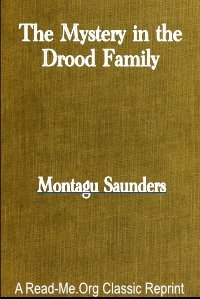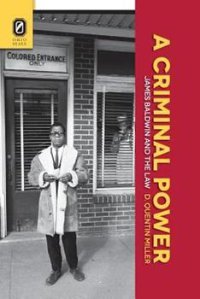By Madeleine Chapman
"Jacinda Ardern: A new kind of leader" is a book by journalist Madeleine Chapman, published in 2019. The book explores the life and career of New Zealand Prime Minister Jacinda Ardern, who became the youngest female head of government in the world when she took office in 2017.
Chapman traces Ardern's journey from her childhood in rural New Zealand to her rise to political prominence. She examines Ardern's leadership style, which emphasizes empathy, inclusivity, and a commitment to social justice, and shows how these values have informed her policies and decisions.
The book also explores some of the key challenges that Ardern has faced during her time in office, including the Christchurch mosque shootings in 2019, which she responded to with compassion and strength, and the ongoing COVID-19 pandemic, which she has managed with decisiveness and effectiveness.
Throughout the book, Chapman presents Ardern as a unique and inspiring figure, whose leadership style represents a departure from traditional political norms. She argues that Ardern's approach to leadership has resonated with people around the world, and that she has become a powerful symbol of hope and change in a time of global uncertainty.
Carlton Australia. Schwartz Books. 2020. 301p.





















